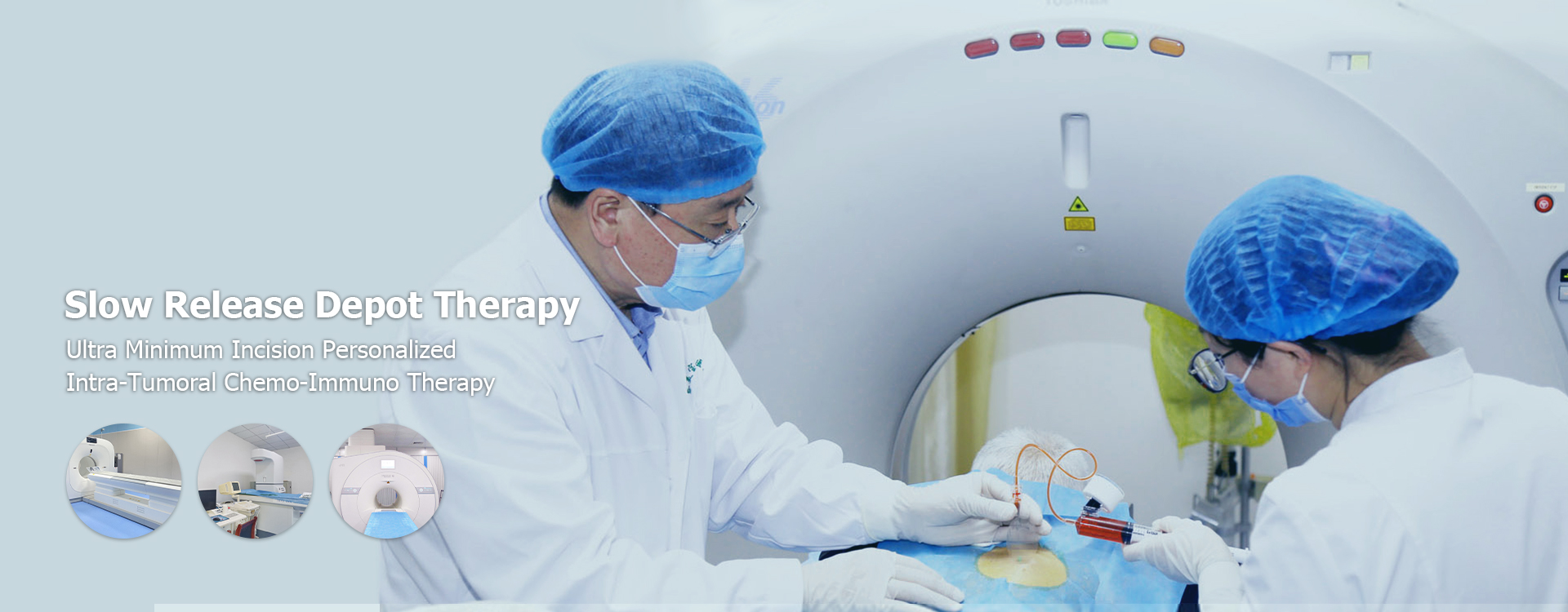
Proton Radiation Therapy for Pancreatic Cancer: A Promising Precision Treatment in 2025
2025-06-13
Introduction
Pancreatic cancer is among the most aggressive and difficult-to-treat cancers. While traditional radiation therapy can be effective, it often causes damage to surrounding healthy tissues—particularly in the abdomen, where sensitive organs are clustered. This is whereproton radiation therapy for pancreatic canceremerges as a game-changing option.
In this guide, we’ll explore how proton therapy works, its advantages over conventional radiation, candidate eligibility, treatment process, success rates, and where to access it in 2025.
What Is Proton Radiation Therapy?
Proton therapy, orproton beam therapy, is a type of radiation treatment that usesproton particles instead of X-raysto target and destroy cancer cells. Unlike conventional radiation, proton beams can be more precisely controlled, allowing oncologists to deliver high doses of radiation directly to the tumor while sparing nearby healthy tissues.
Why Consider Proton Radiation Therapy for Pancreatic Cancer?
The pancreas is located deep within the abdomen, surrounded by structures such as the liver, intestines, and stomach. This makes precision critical during radiation treatment. Here’s whyproton therapy is advantageous:
- 🎯Higher Precision: Protons can be focused to stop at the tumor site, minimizing exit radiation.
- 🛡️Less Damage to Healthy Tissue: Reduced radiation to surrounding organs leads to fewer side effects.
- 💪Better for High-Risk Patients: Ideal for patients who can’t tolerate conventional radiation or have recurrent tumors.
- 🔄Compatible with Other Treatments: Can be used alongside chemotherapy and surgery.
How Does Proton Therapy Work for Pancreatic Cancer?
Proton therapy uses a machine called acyclotron or synchrotronto accelerate protons. The energy and depth of the proton beam can be finely adjusted, allowing fordepth-specific delivery.
For pancreatic cancer, the treatment is typically delivered over several sessions (fractions), often 5 days a week for 5–6 weeks, depending on the tumor stage and the treatment plan.
Is Proton Therapy Effective for Pancreatic Cancer?
While research is ongoing, early studies and clinical experience show promising results:
- 🔬 A study published inRadiotherapy and Oncologyfound thatproton therapy reduced gastrointestinal toxicitycompared to conventional radiation.
- 🧬 Some trials reportimproved local tumor controlandbetter quality of lifedue to fewer treatment-related complications.
It’s important to note thateffectiveness variesdepending on the cancer stage, tumor location, and whether the cancer is resectable or locally advanced.
Who Is a Good Candidate for Proton Therapy?
You may be eligible forproton radiation therapyif:
- You havelocally advanced pancreatic cancernot suitable for surgery.
- You haverecurrent cancerafter previous treatments.
- You are undergoingneoadjuvant therapybefore surgery.
- You want alower-risk radiation alternativedue to proximity to organs.
Your oncologist will typically order imaging scans (CT, MRI, PET) to assess tumor size, location, and proximity to critical structures.
Where Can You Get Proton Radiation Therapy for Pancreatic Cancer?
As of 2025, there are over40 proton therapy centersin the United States, and many more globally. Leading centers include:
- MD Anderson Cancer Center(Houston, TX)
- Mayo Clinic Proton Beam Therapy Center
- Massachusetts General Hospital
- University of Florida Health Proton Therapy Institute
- ProCure Proton Therapy Center
International optionsinclude centers in the UK, Germany, Japan, and South Korea.
Cost and Insurance Coverage
- Cost: Proton therapy is more expensive than traditional radiation, often ranging from$40,000 to $120,000per treatment course.
- Insurance: Coverage varies. Some insurance providers may cover it for pancreatic cancer, particularly for pediatric or high-risk patients. Always verify coverage before beginning treatment.
Potential Side Effects
While side effects are generallymilder with proton therapy, some patients may still experience:
- Fatigue
- Nausea
- Diarrhea
- Loss of appetite
Proton therapyreduces the riskof long-term damage to healthy abdominal organs compared to photon-based radiation.
Frequently Asked Questions (FAQs)
Q1: Is proton therapy better than conventional radiation for pancreatic cancer?
It depends on the case. For tumors near sensitive organs,proton therapy may offer a safer alternativewith fewer side effects.
Q2: Is proton therapy painful?
No. The treatment is non-invasive and painless, though side effects may develop gradually over the course of treatment.
Q3: How long does treatment take?
A typical course lasts5 to 6 weeks, with daily outpatient sessions.
Q4: Can proton therapy cure pancreatic cancer?
There is no guaranteed cure, butproton therapy can improve tumor control and patient quality of life, especially when part of a multimodal treatment plan.
Final Thoughts
Proton radiation therapy for pancreatic canceris one of the most promising advancements in cancer care. With its ability to minimize collateral damage and enhance precision, it represents a powerful option for many patients, particularly those with complex cases.
If you or a loved one is exploring treatment options, speak with a radiation oncologist to determine whetherproton beam therapyis a suitable and effective choice.
Please leave us a message
- English
- English
- Chinese
- Chinese
- French
- German
- Portuguese
- Spanish
- Russian
- Japanese
- Korean
- Arabic
- Irish
- Greek
- Turkish
- Italian
- Danish
- Romanian
- Indonesian
- Czech
- Afrikaans
- Swedish
- Polish
- Basque
- Catalan
- Esperanto
- Hindi
- Lao
- Albanian
- Amharic
- Armenian
- Azerbaijani
- Belarusian
- Bengali
- Bosnian
- Bulgarian
- Cebuano
- Chichewa
- Corsican
- Croatian
- Dutch
- Estonian
- Filipino
- Finnish
- Frisian
- Galician
- Georgian
- Gujarati
- Haitian
- Hausa
- Hawaiian
- Hebrew
- Hmong
- Hungarian
- Icelandic
- Igbo
- Javanese
- Kannada
- Kazakh
- Khmer
- Kurdish
- Kyrgyz
- Latin
- Latvian
- Lithuanian
- Luxembou..
- Macedonian
- Malagasy
- Malay
- Malayalam
- Maltese
- Maori
- Marathi
- Mongolian
- Burmese
- Nepali
- Norwegian
- Pashto
- Persian
- Punjabi
- Serbian
- Sesotho
- Sinhala
- Slovak
- Slovenian
- Somali
- Samoan
- Scots Gaelic
- Shona
- Sindhi
- Sundanese
- Swahili
- Tajik
- Tamil
- Telugu
- Thai
- Ukrainian
- Urdu
- Uzbek
- Vietnamese
- Welsh
- Xhosa
- Yiddish
- Yoruba
- Zulu
- Kinyarwanda
- Tatar
- Oriya
- Turkmen
- Uyghur









